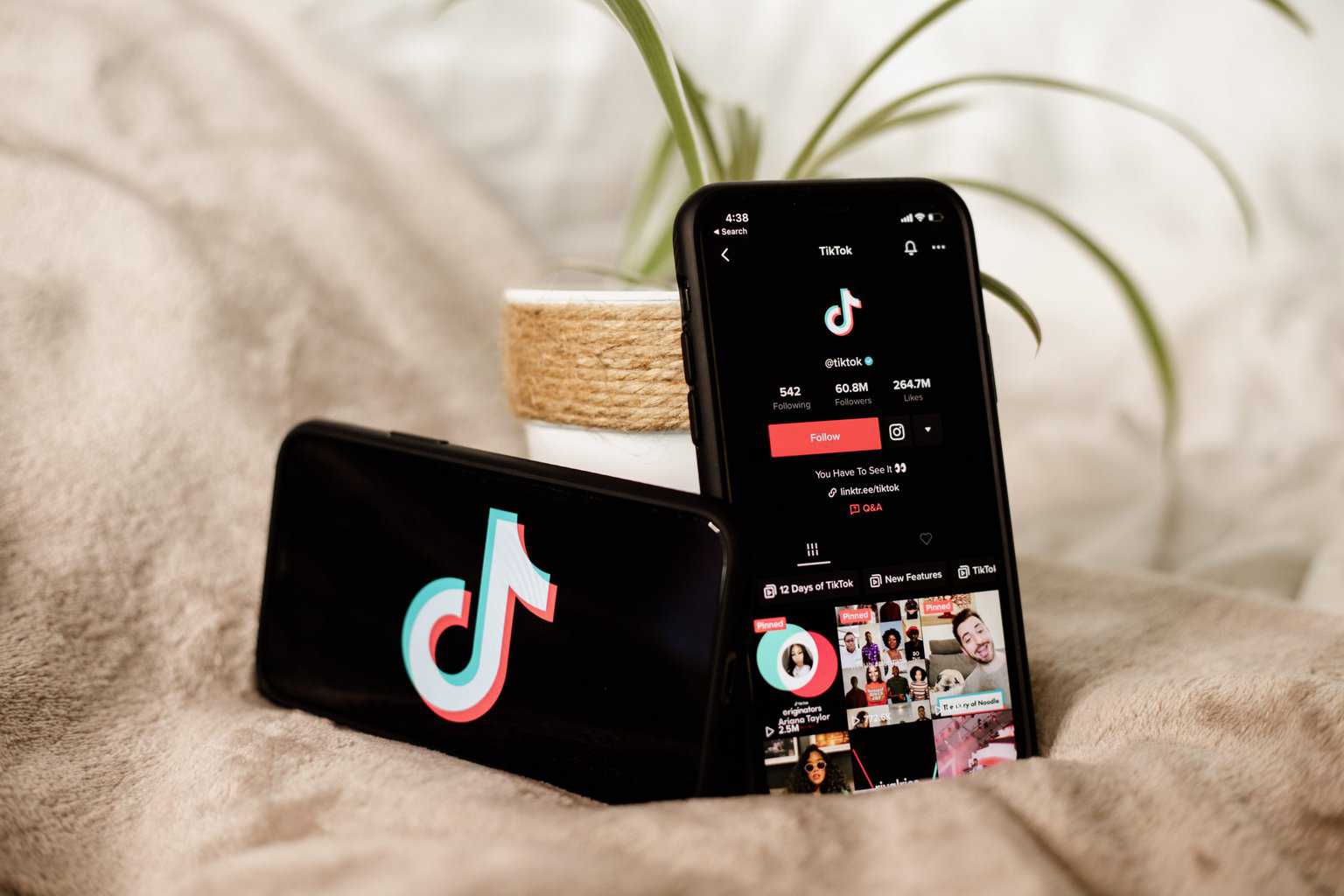The TikTok algorithm: what does it mean for marketers?

The TikTok algorithm: what does it mean for marketers?
TikTok, the short-form video-sharing sensation, took the social and digital media landscape by storm. Its remarkable success was fueled by the attention it garnered from younger age groups and demographics, who soon propelled the app to the top of the download charts.
TikTok’s popularity has been sustained, it currently has over 1 billion users and has seen more than 200 million downloads just in the US. These figures are hard to ignore for marketers and advertisers, who have scrambled to take advantage of this new, exploding market. TikTok’s algorithm is part of the reason the app is so popular. It provides highly personalized content and works to make the app incredibly addictive. For a TikTok campaign to be successful, marketers will need to understand what the algorithm is, how it works, and how to create content that will grab its attention. Let’s find out how.
What is the algorithm?
TikTok’s algorithm is the system the platform uses to sort, categorize, and recommend content. For users, the algorithm will dictate what you see as you scroll through the videos on the For You page.
It examines user behavior and filters videos that it deems suitable for a particular user, displaying these on the For You page and removing videos that will not appeal to the user. This means that the results and recommended content on the platform are highly personalized. What’s more, the more you use the app the more information the algorithm will receive, meaning even more individualized video content.
How does it work?
So, the algorithm makes TikTok a unique experience for each user, how does it actually do that? It does so by reading and analyzing a range of user behavior patterns and preferences, feeding these into its recommendation system.
The primary focus of the TikTok algorithm is user interactions. It will look at what videos a user likes, shares, and comments on. Additionally, the algorithm will note accounts a user follows, hides, and videos that are flagged as not interesting. How long a user spends watching a video is also taken into consideration. If a video is watched for its entire duration, the algorithm reads this as a sign the user is interested in that type of content, which is then fed into its recommendation system.
While user interactions are the main source of information used to inform that algorithm, it also takes other factors into account. It looks at video information when looking for content to recommend, this can include captions, hashtags, and audio. Finally, user account and device settings can influence their recommendations, depending on language and country settings, and even the type of device they are using.
How to optimize content for the TikTok algorithm
Now that we know what the algorithm is and what it does, how do we create content that is optimized for the platform’s recommendation system? There are a number of methods that content creators can use to do so, let’s take a look at some.
Focusing on a niche is an important step. Subject matter and topics are a big part of TikTok, users will see a lot of content based on particular communities or subcultures that they have expressed interest in. The nature of your brand or the product your company sells will already give you an indication of the type of communities you should be focused on, the beauty or video gaming industries for example. From there what you need to do is figure out what type of content people in those communities respond to best, and tailor your approaches accordingly.
Short videos generally work best on TikTok. Videos that clock in at under 20 seconds tend to perform better on the app, any longer and users will often swipe past, which can negatively affect how these videos are rated by the algorithm.
The key to getting viewers hooked and engaging with your videos is by focusing on the first few seconds. This will immediately grab their attention as they scroll through their For You page, encouraging them to keep watching and engaging with your video, page, or product.
Finally, make sure you are making plenty of use of hashtags and trending audio. Hashtags can give you direct access to the communities and markets that you’re targeting, increasing the chance of user engagement which will push your content higher on the algorithm’s rankings. Check for any trending hashtags that may have relevance to your brand, these are invaluable as they have already demonstrated high levels of user engagement. Audio is an integral part of TikTok, use it in your content to make your videos more memorable and increase their reach and impact.
Conclusion
The TikTok algorithm can seem like a mysterious, intangible thing. Mastery of its cryptic methods is often regarded as something of a dark art. In reality, how it works is relatively simple. By appealing to the algorithm’s preferences and inclinations you can optimize your content and maximize your TikTok marketing strategy.
Looking for more content and marketing insights? Take a look at our blog, or for a more personalized approach, book a free call with a member of our team.
If you want even more, check out our Elevate Summit where you can access over 14 hours of talks, panels, and workshops from industry experts.






